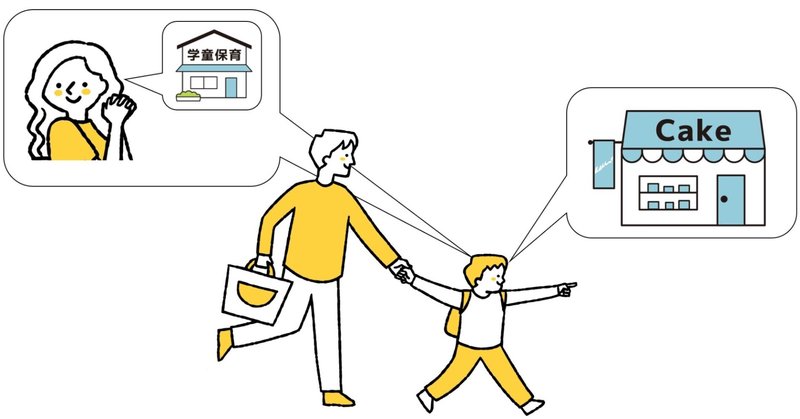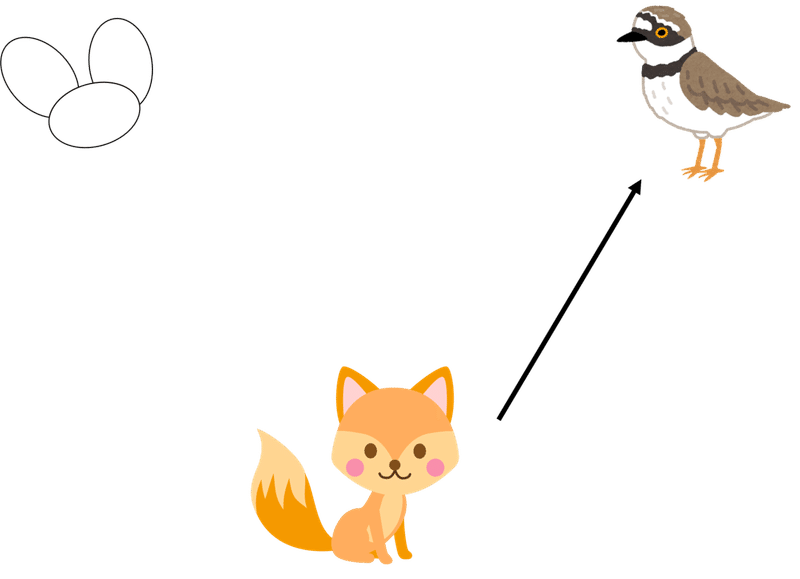
What is Theory of Mind?
Theory of mind has been defined as the ability to understand the mental states of ourselves and others and know that others behave or act based on their desires, emotions, and beliefs, which may differ from our own. Humans and some animals are able to deceive because theory of mind allows them to manipulate the beliefs of others.
Take for instance the broken-wing display of plovers, a group of wading bird that can be found throughout the world. When a fox or other predator approaches a plover’s nest, one of the parents leads the fox away from the nest by feigning an injury with a broken-wing display. The fox will follow the parent because an injured bird is easy to capture. Then, at the last moment, the parent bird flies back to the safety of the nest. The fox has been deceived.
The essence of deception is to mislead others to believe something that is not true, or in other words, to manipulate their knowledge state. The parent bird inferred that the fox would believe the plover was truly hurt. The plover used the fox's false belief to change his behavior.
I introduced this example to demonstrate how theory of mind can be used to deceive others. However, rather than an intent to deceive, we can also attribute the bird’s behavior to an innate behavioral repertoire, or the result of learning. It is still controversial as to whether or not this behavior can be interpreted as a reflection of theory of mind. There are many deep discussions as to whether non-human animals have a theory of mind, and if they do, how and to what extent is their theory of mind shared with that of humans?

The development of theory of mind in humans.
Do children have a theory of mind? An example from my own family made me think about this.
Every year, my sister surprises each family member with a cake on their birthday. One year, on my sister's birthday when they were all together, she mentioned to her son that it was her birthday. My nephew, who was three years old at the time, immediately asked his dad to pick him up from kindergarten. Now, why would he do this? Let’s look at his motivations step by step:
・He wanted to buy a cake for his mom without her knowing
・But he knew he could not buy a cake without an adult accompanying him
・He wanted to hide the fact that he was going to buy a cake for his mom, so he knew his dad had to be the one to accompany him
・He did not want to let his mom know about his plan, so he simply asked his dad to pick him up since his mom was also in the room.
In order for a 3-year-old child to make such inferences on his own, he must have a highly developed representation of what other people think.

Findings from Developmental Psychology
The development of theory of mind, specifically how and when development begins, is of great interest to many psychologists. In the classical Sally-Ann task, one person changes the location of an object while another person is out of the room. When the person returns to the room, where will she look for the object? In the original location, or the new location? Clearly, the answer is the original location, because the person has no reason to believe that the object’s location has changed. At about 4 years of age, children start to know the correct answer (Baron-Cohen et al., 1985). However, infants at about 1.5 years of age demonstrate that they know the correct answer in the nonverbal version of the Sally -Ann task. They look longer when the actor looks for the object in the new location (Onishi & Baillargeon, 2005). Children start to know what others believe about others (what person A believes about person B). This second-order belief that "person A believes that person B thinks something" is said to emerge at around 6-7 years of age (Miller, 2009).
My nephew concealed his wish to surprise his mom, thus he is considered to have first-order belief earlier than the age established through experimentation (generally 4 years old). I am truly amazed with what psychologists have learned about the human mind thus far, but realize there are so many mysteries of the mind that have yet to be discovered. By looking at life through different perspectives, we may learn something new about the people around us. Thinking about what happens around us in light of psychology may change the way we see things.
Baron-Cohen, S., Leslie, A. M., & Frith, U. (1985). Does the autistic child have a “theory of mind”?. Cognition, 21, 37-46.
Onishi, K. H., & Baillargeon, R. (2005). Do 15-month-old infants understand false beliefs?. science, 308, 255-258.
Miller, S. A. (2013). Children's understanding of second‐order false belief: Comparisons of content and method of assessment. Infant and Child Development, 22, 649-658.
この記事が気に入ったらサポートをしてみませんか?
